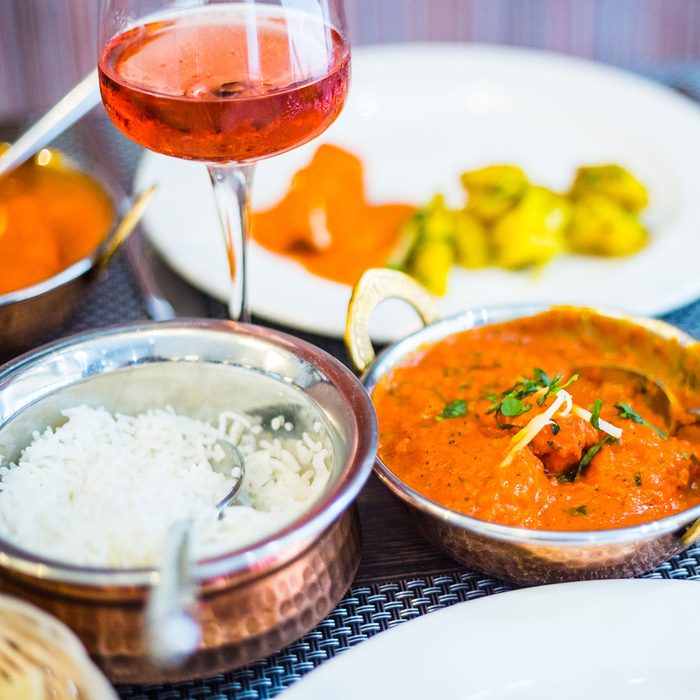
Mixing high alcohol content with spicy food
High alcohol and spicy food are mortal enemies. The boozier your beverage, the spicier your dish will taste. To avoid breaking a sweat, stick to off-dry (slightly sweet) wines under 12% if you’re loading dinner up with chili peppers.
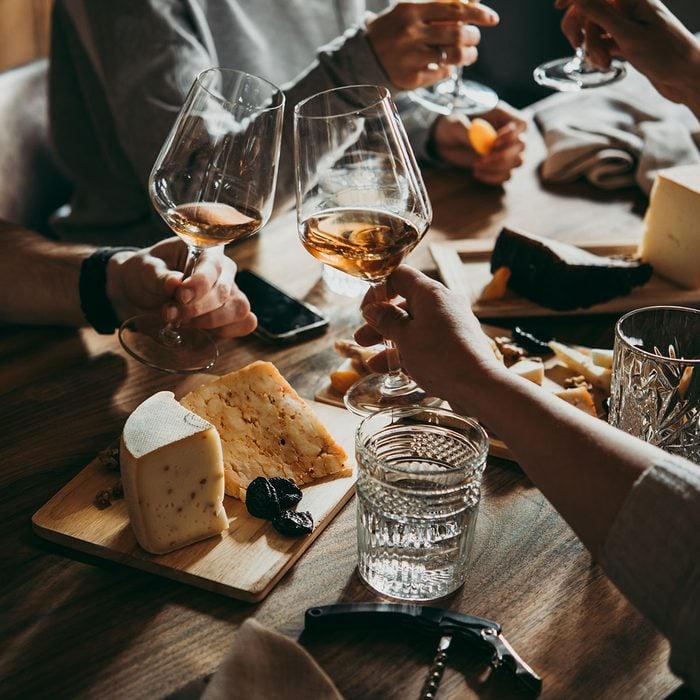
Mismatching intensity
Pairing a bold wine like cabernet sauvignon or syrah with delicate dishes like white fish is a major no-no. Save those wines for hearty fare, rich meat sauces and grilled or smoked meats. The same is true for cheese. Strong cheeses call for robust wines—like pairing Stilton with port. Looking for the best pairing? Here’s our collection of the best wine and cheese pairing ideas.
Try matching dishes with wines of similar intensity. If pesto chicken with asparagus is on the dinner menu, stick to a lighter wine like sauvignon blanc.
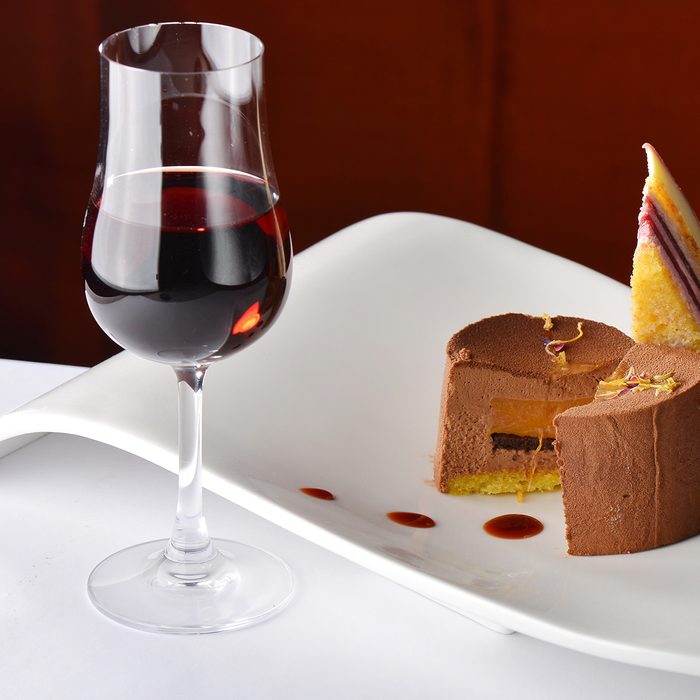
Picking dessert that’s sweeter than the wine
When it’s time for dessert, make sure to pour wine with a higher sugar content than what’s on your plate. Generally speaking, you’ll want to avoid serving champagne with sweets. If it’s a bubbly or bust occasion, pick up a bottle of off-dry sparkling wine (look for sec, demi-sec or doux on the label). You can also try an off-dry Prosecco with fruit desserts or Brachetto d’Acqui if you’re indulging in chocolate.
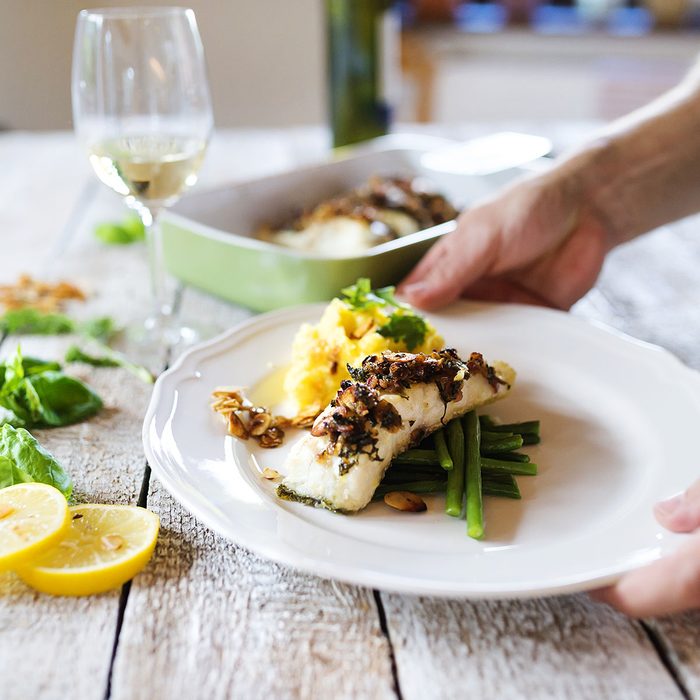
Mismatching acids
Acid goes with acid. Tomato sauces, vinegar dressings and dishes with loads of lemon all need a high-acid wine to do them justice. A low-acid wine pairing would make the wine fall flat. As far as wine is concerned, acid virtually always is a winner. Even creamier dishes benefit from a bright pop of acid in your wine to help refresh your palate. Look for examples from cooler wine regions.
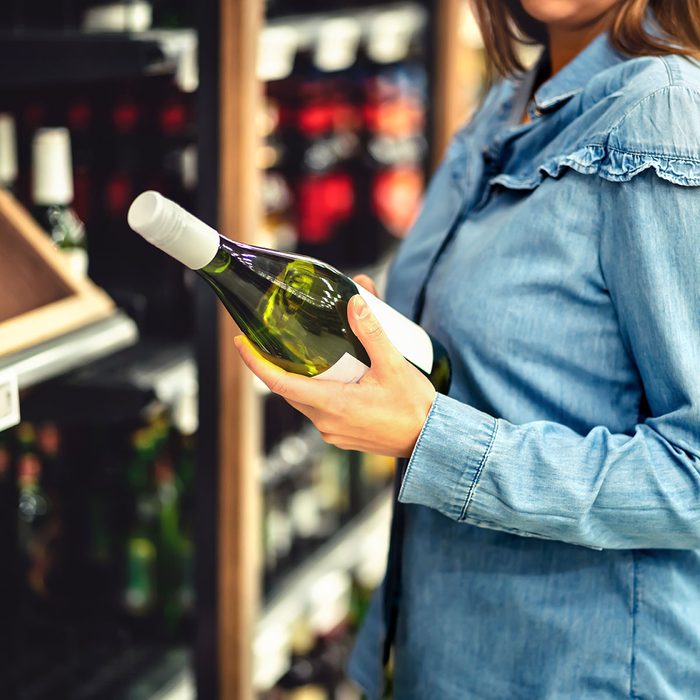
Committing to your comfort zone
Don’t be afraid to try new styles, grape varieties and wines from regions off the beaten path. Your new favorite wine could be just a sip away. By that same token, go ahead and play around with different food and wine pairings and see what you enjoy. Everyone’s palate is unique so it’s worth exploring which combinations make your taste buds sing.
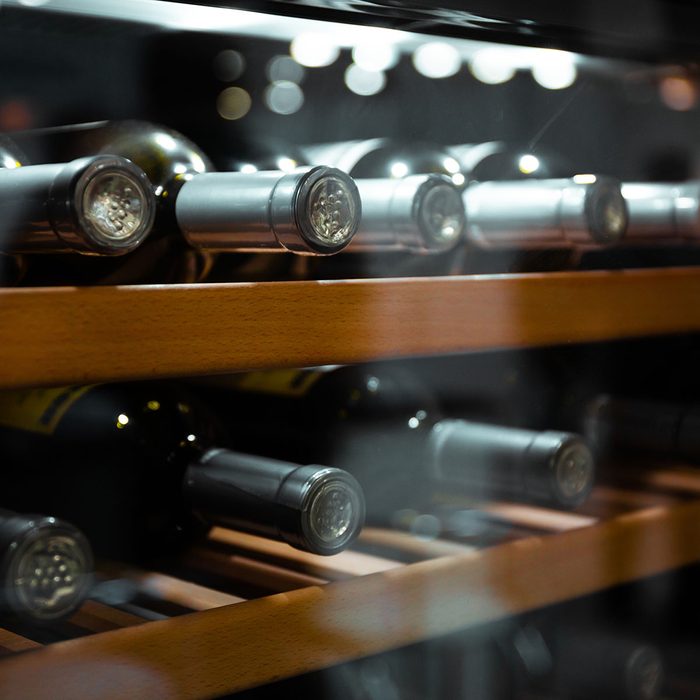
Getting the serving temperature wrong
Wine shows its best when served at the right temperature. The general guidelines are about 40-45 degrees for sparkling wine, 45-55 for whites and rosés and 50 to 65 for reds. Skew towards the lower end for lighter-bodied wines and aim higher for full-bodied ones.

Forgetting to check for flaws
We’re not talking about whether you like the wine or not (although that’s essential). But before serving a bottle of wine to friends and family, give it a sniff to make sure it’s flaw-free. Check if it’s corked (look for wet cardboard aromas) or shows other common flaws before you start pouring.
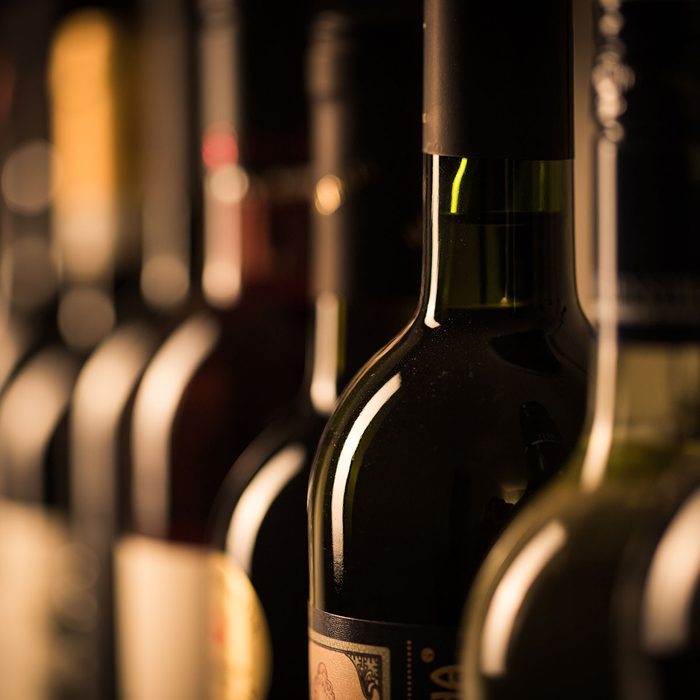
Believing there’s one ‘right’ wine
Any given dish has several complimentary wine pairings. Cabernet sauvignon pairs well with steak, but so does merlot, malbec, tannat, carménère and zinfandel. Don’t get boxed in by the idea that a specific grape variety is the only option for a certain dish.
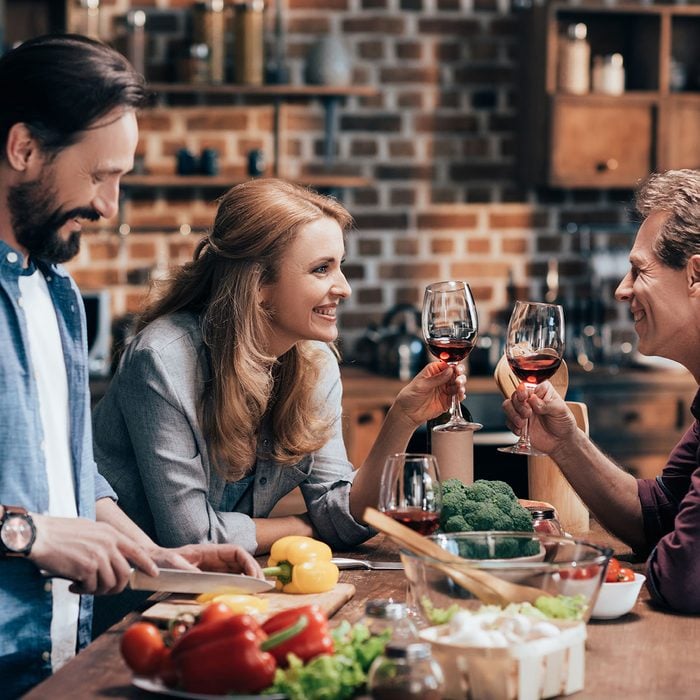
Not trusting your palate
So yes, there are plenty of general suggestions to follow when it comes to pairing food and wine. But there’s no point in sticking to conventional pairings if you’re not keen on a certain style of wine. If you stumble upon an unorthodox pairing you absolutely love, own it, share it and most of all, enjoy it.
